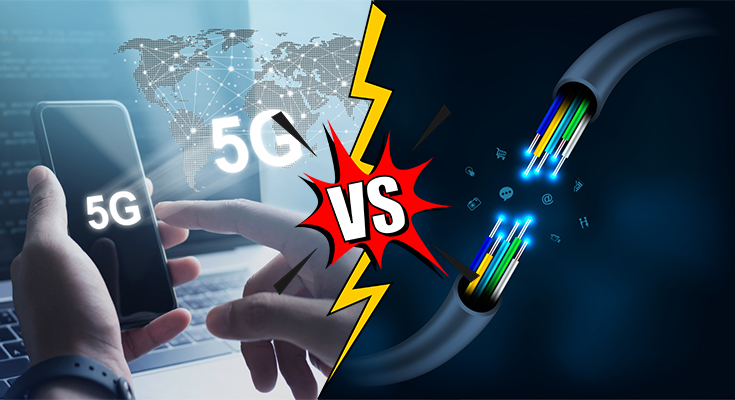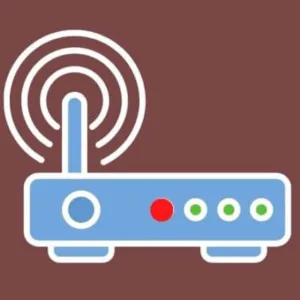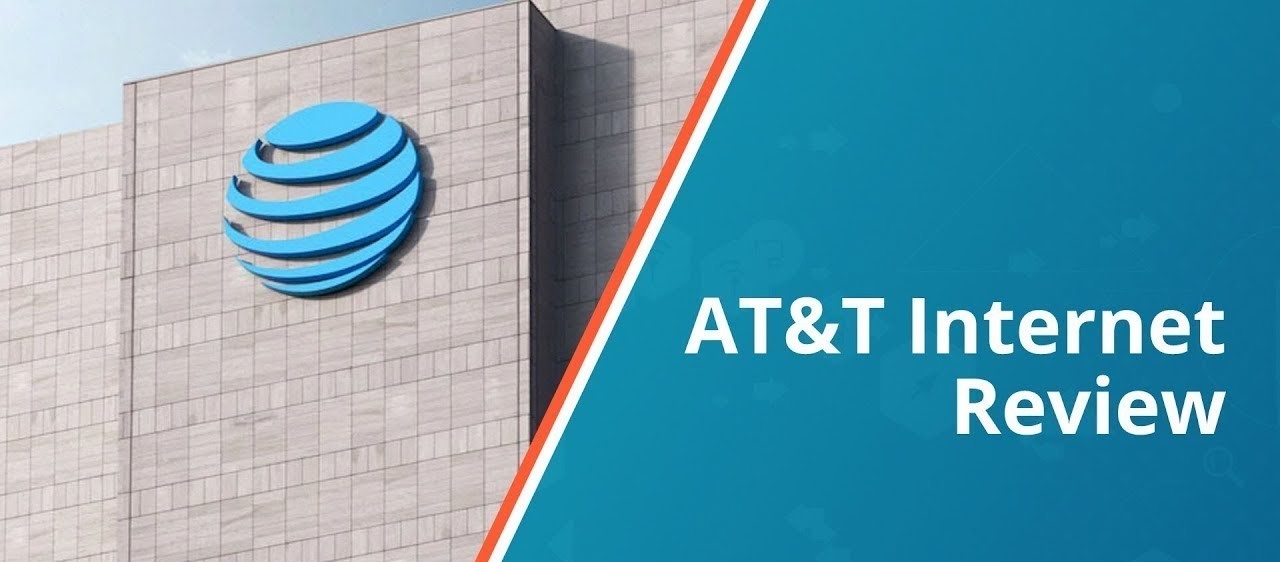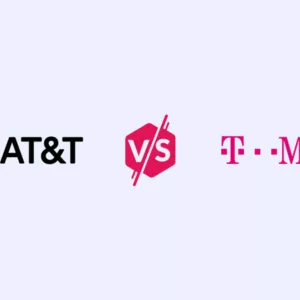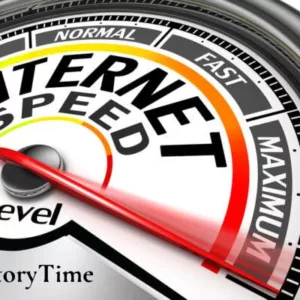Speed is the keyword here. It is a keyword, which is always high in demand. If you look at the way people do searches online, you will see that most of their queries revolve around the word ‘speed’. How fast can you get from Manhattan to Los Angeles? What is the quickest way to get over a heartbreak? Which is the fastest internet service provider near me? So on and so forth. This increasing public need to save time and expenses has given birth to many network technologies, which have turned the dream of “lightning-fast internet” into a reality. In this context, I am referring to the top two most advanced internet types: Fiber Optic and 5G.
For people who are lucky enough to live in LA where both of these revolutionary technologies are present, making a decision becomes very difficult. Since internet service providers the US houses offer both fiber optic and 5G are equally powerful contenders, you cannot find a clear choice among the two. Unless you conduct a meaningful comparison and analyze the pros and cons of each. This is where this article will come in handy. Yes, it will inform you of how fiber optic and 5G work. What lies at their core? How different is one from the other? Which is the less expensive option? What kind of speeds can you expect to enjoy with both? So, go ahead and unravel the mysteries.
Wired vs. Wireless
Are you a big fan of cables? Then, you will surely favor fiber internet, which is a wired network connection. Like Mediacom internet or a broadband line from Spectrum, this network type sends data signals through physical wires from the provider’s base to the consumers’ homes. However, unlike cable internet, fiber uses an altogether different technology to make this data transference between the parties. Instead of electric signals, fiber relies on pulses of light to transmit data at mind-blowing speeds through cables that are made of refined glass. That is why it is called fiber optic internet.
On the other hand, do you despise cables and find them full of hassle? Then, you will surely come to love 5G home internet, because it is an essential wireless connection. It works like this: When a fiber network line is tapped with a “node” or a small cellular tower, the antennas from the tower beam extremely powerful data signals to the modems and routers in your home. By beam, I mean, transmitting data over radio waves. Though you may suspect this type of network to be more vulnerable to interferences, like satellite internet usually is, 5G has a surprisingly low latency rate and a super-fast response time.
Equipment Setup Requirements
Let us talk about hardware.
As you may already know, fiber internet relies on ultra-sophisticated glass-based wires to work. These state-of-the-art cables are distinct from the inexpensive and widely available copper ones that cable and DSL providers use. When you opt for a fiber internet plan, you have to sign up for the installation of new wires either from the provider to your home (“fiber to the curb”) or from the provider to your community (“fiber to the neighborhood”). No matter which way you go, you can’t skip out on the costly installation (which soars above $1000 on average!) if you are to enjoy fiber-fast internet speeds in your home or office. Not to skip the fact that the Mediacom internet prices for both cable and fiber technology are comparable and are always enough to fit any pocket.
Other than this, you need a modem and a router of the latest variety – one that is capable of translating such a formidable transmission of data – which you can set up either on your own or via a technician’s help. One more thing, if your house size is above 1.6k sq. feet, it is recommended that you get a Wi-Fi extender to cover all the negative zones in the extra space and bring fiber-optic full circle.
5G, on the other hand, does not expect you to dig up your porch and pay extensively to install new wires. No, all it requires is that you get a 5G-compatible router and Wi-Fi modem, and position it so optimally in the house so it can receive the full range of signals beamed by the cell towers in your area. You may not even need a technician’s assistance for it. To cover the dead network zones, you can always get your hands on a Wi-Fi extender.
Speed Analysis
Both fiber optic and 5G wireless are powerful enough to surpass the 1 Gig bar. The only catch to these unbelievably fast speed benchmarks is that fiber is not always 100% delivered and that 5G’s strength depends on the router’s distance from the node. But, both technologies are being refined as we speak.
Final Verdict
Summing up, fiber optic internet is ultra-fast, consistent, and offers flawless connectivity depending on which provider you choose. However, it is also quite expensive and not widely available. 5G is super-fast, wireless, and has lower installation hassle. However, it is weighed down by its distance from the cell tower and is not yet available on a large scale. Nonetheless, the future for both looks bright, so choose whichever network type you find more in tune with your needs.

